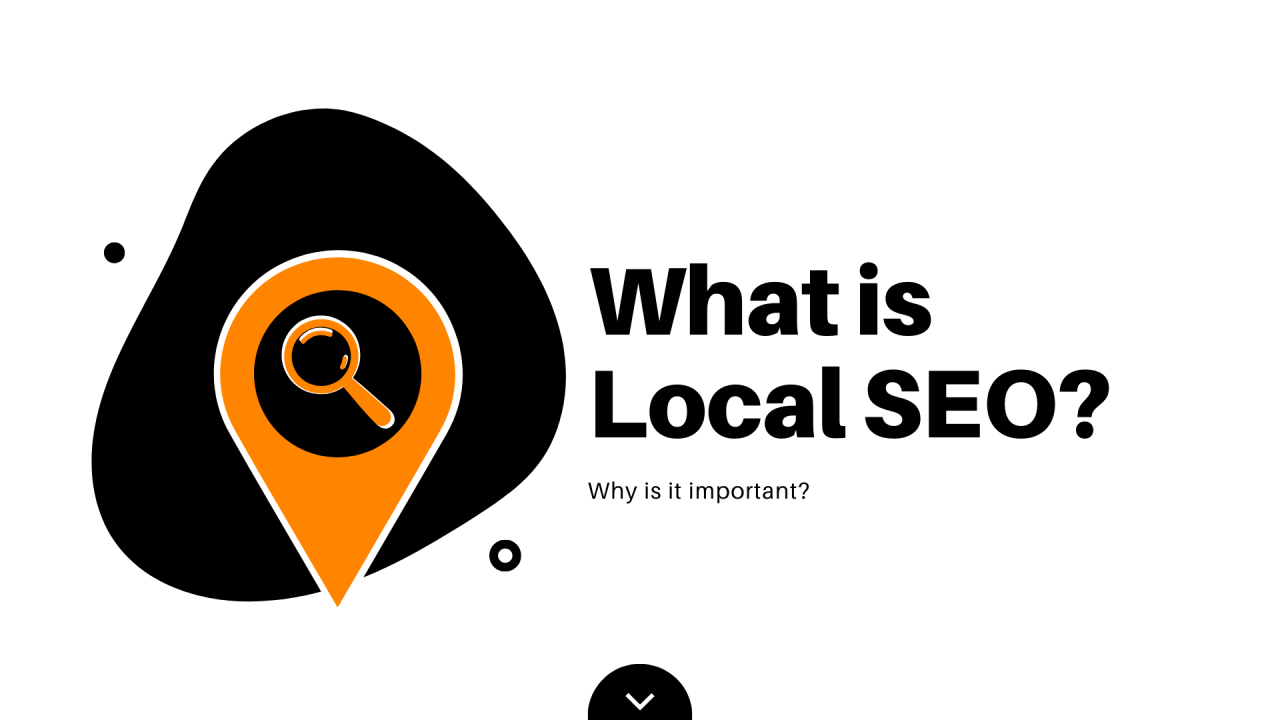Businesses are increasingly recognizing the critical role that Local SEO plays in establishing a robust and targeted online presence within their communities. Beyond traditional SEO, Local optimization for Search engines involves a nuanced set of strategies tailored to meet the specific needs and preferences of local audiences, ultimately driving visibility in local search results.
Understanding Local SEO:
Local Search Engine Optimization is a specialized approach that optimizes a business’s online presence to attract local customers. It involves a series of strategic techniques designed to enhance visibility in local search results, ensuring that businesses are easily discoverable by their immediate community.
Optimizing for Local Success:
The journey begins with a meticulous optimization of website speed and performance, mirroring the practices of technical SEO. Image optimization involves compressing images with tools like ImageOptim or TinyPNG to reduce file sizes without compromising quality. Minification of CSS and JavaScript files, achieved through tools like UglifyJS or CSSNano, removes unnecessary characters and whitespace, enhancing page load times. Additionally, setting up caching headers for browser caching and leveraging Content Delivery Networks (CDNs) play pivotal roles in delivering static assets quickly to local users.

Mobile-Friendly, Community-Engaged:
Responsive design takes center stage, ensuring that websites adapt seamlessly to diverse devices. Mobile-friendliness testing, often conducted through tools like Google’s Mobile-Friendly Test, guarantees a positive user experience. Touch-friendly navigation, with appropriately sized buttons and menus for mobile users, complements optimizations for mobile page speed, acknowledging the on-the-go nature of the local audience.
Crawling the Community Landscape:
Sitemap submissions become crucial for guiding search engine crawlers through the site’s structure. Regular checks for broken links, facilitated by tools like Xenu Link Sleuth or online services, maintain a smooth crawling experience. Managing the robots.txt file emerges as a balancing act – controlling which parts of the site should not be crawled by search engines while ensuring critical pages remain accessible.
Building a Local Architectural Presence:
Site architecture takes on a local flavor with the establishment of a logical hierarchy. Organizing content into categories and subcategories fosters an understanding of the site’s structure, aiding both user navigation and search engine comprehension. Internal linking connects related local pages, distributing link equity and fortifying the local architectural presence.
URLs Tailored for Local Discoveries:
URL structures play a pivotal role in local SEO. Crafting URLs with descriptive keywords relevant to the local community enhances both SEO-friendliness and user-friendliness. Minimizing dynamic parameters reduces potential indexing issues, while the implementation of canonicalization ensures clarity for search engines when dealing with duplicate or similar content.

Securing Local Connections:
Building trust within the local community involves securing connections. Installing an SSL certificate and enabling HTTPS not only enhances security but also fosters trust with local users. Updating internal links to the secure version ensures a seamless, secure, and trustworthy local connection, preventing potential mixed content issues.
Structured Data, the Local Language:
Structured data markup becomes the local language of search engines. Implementing schema.org vocabulary to mark up structured data on pages provides additional context about local business information. Validating the implementation through tools like Google’s Structured Data Testing Tool ensures accuracy in the display of local information within search results.
Directing Crawlers Locally:
Fine-tuning the robots.txt file becomes a strategic endeavor, tailoring crawling behavior to local preferences. Employing meta robot tags on specific pages offers granular control over indexing and crawling directives, ensuring search engines prioritize local content appropriately.
Local Speed Optimization:
Local speed optimization goes beyond global considerations. The optimal performance involves local image optimization, minimizing HTTP requests specific to local elements, and leveraging browser caching with a keen focus on local user experience. Faster load times for returning visitors within the community contribute to a positive online experience.
Vigilance through Local Audits:
Regular local site audits using tools like SEMrush or Ahrefs, complemented by insights from Google My Business, become integral. These audits facilitate the identification and rectification of technical issues specific to the local context, ensuring the ongoing health and performance of the website within the community.
Local SEO is not merely a strategy; it is a powerful and essential tool that propels businesses into the spotlight within their communities. By navigating the intricacies of local search algorithms and aligning with user expectations, businesses can create a digital presence that resonates with their local audience. Embracing the nuanced practices of Localized SEO ensures that businesses become prominent landmarks in the digital terrain of their community, fostering visibility, trust, and sustained success. As businesses continue to evolve, the impact of Optimizing for search engines locally remains steadfast, guiding them toward a future where community engagement and digital prominence seamlessly go hand in hand.
